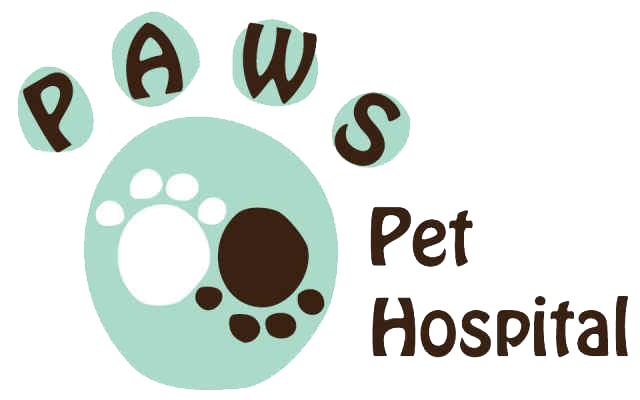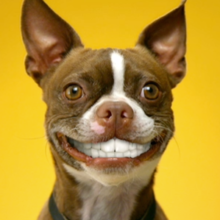Hi Everyone,
Dr. Ross here to discuss everyone’s favorite topic- dental disease in cats and dogs : D.
So… we all know that one pet… you know- the one who is always so happy, playful, and loveable, and who just can’t wait to see you, that the second they do, they jump up and give you a big fat kiss on the face and… YUCK!! HOLD ON! …What IS that smell!??!? Well my friends, that is what we like to call “halitosis”, which is really just a fancy way of saying “bad breath”. Believe it or not, this can actually be one of the earliest indicators of dental disease in dogs and cats (and also humans, but I’m not licensed to comment any more on that…). The accumulation of dental tartar and gingivitis (inflammation of the gum tissue) are also indicators there may be underlying dental disease. Other less frequent signs that your pet may have dental disease include them not eating as much, picking up their kibble and then dropping it, or only wanting to eat soft food. Dental disease can take many forms- periodontal disease (around the tooth), endodontic disease (within the tooth), tooth fractures or chips, or tooth infections are all possible types.
Out of all of these types, periodontal disease is one of the most common forms. A thorough oral exam is always part of our routine physicals here at P.A.W.S. Pet Hospital, and while we most commonly see evidence of dental disease in the form of tartar build-up and gingivitis or fractures, the true disease process of periodontal disease occurs below the gum-lime. Periodontal disease can lead to destruction of the bone and underlying structures that hold teeth in their place and can be very painful, eventually leading to the teeth falling out. When we see evidence of this, we recommend a dental procedure to clean the teeth and take full mouth x-rays to get a look at this.
This requires undergoing full anesthesia, and while every anesthetic episode has risks, we do have full anesthetic monitoring including heart rate, electrocardiogram, BP, and blood pressure. All pets undergoing anesthesia for any procedure must also have pre-anesthetic bloodwork to make sure their internal organs are functioning properly as many medications associated with anesthesia are metabolized by the liver and kidneys.
Once we have cleaned, probed and x-rayed all the teeth we can then address any issues we see. This can involve surgical removal of diseased teeth, gum tissue resections, local antibiotic injections, and even bone grafting. Hopefully though, all they really need is a good, thorough cleaning!
Once all the teeth are squeaky clean, we recommend brushing the teeth at least once daily, though as often as possible is still better than nothing. Brushing the teeth does not get rid of the plaque that has already accumulated, but prevents it from building up, which is why regular care is necessary. By keeping on top of your pet’s oral care at home, you can keep their pearly whites bright and white (not to mention their breath fresh) for years to come!
January through March is our Dental Health Awareness period here at P.A.W.S. We know the prospect of having your pet’s teeth cleaned may be new, so we are here to answer any questions you have. We’d love to see and assess your pet’s teeth, and any dental procedures booked within this period qualify for our Dental Awareness Promotions, which include $25 of and free full mouth x-rays, so it really is a great time to get started on track with your pet’s oral health.
I hope this information has been helpful, and if you ever have any questions, don’t hesitate to contact us!
Sean Ross DVM

